How to Trade Bonds Like Famous Paul Rotter “The Flipper”
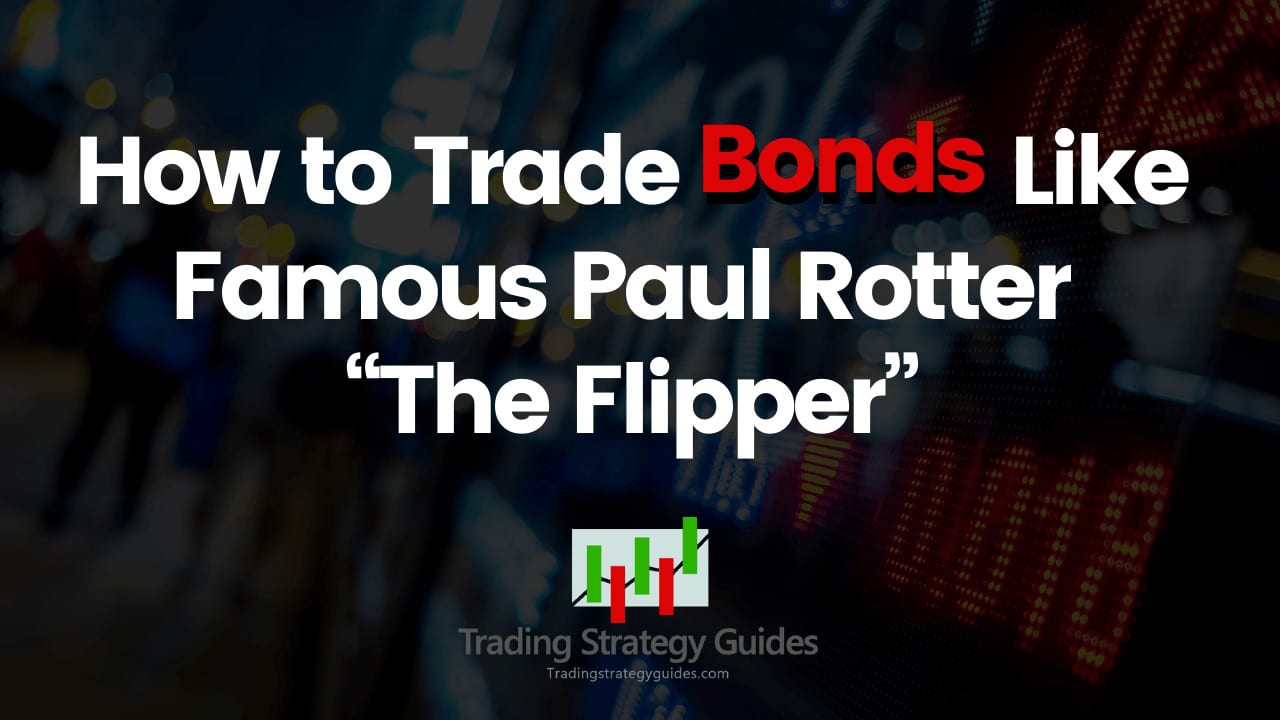
Learn how to trade bonds like the world’s biggest bond trader, Paul Rotter aka the Flipper. Through this bond trading guide, you’ll learn the best bond trading strategies used by the savviest bond traders. Understanding bonds is critical if you want to get your feet wet in the $115 trillion global bond market.
If this is your first time on our website, our team at Trading Strategy Guides welcomes you. Make sure you hit the subscribe button, so you get your Free Trading Strategy every week directly into your email box.
Did you know that bonds were in the center of the world’s biggest financial crisis starting from the Great Depression of 1929, the subprime mortgage bond crisis of 2008 and the most recent European debt crisis?
Learning how to make money through bonds would have netted you big profits.
Billionaire hedge fund manager John Paulson made an estimated $2.5 billion during the financial crisis of 2007 – 2008. For sure he couldn’t reach fame and make stellar profits if he wouldn’t understand how to trade the bond market.
Do you want to learn how to trade bonds?
If the answer is yes, throughout this bond market for dummies guide, we’re going to teach you how to make money with bonds.
Let’s start off with the bond basics and how to trade bonds online.
See below:
Understanding Bonds – Bond Basics
In finance, a bond is a type of fixed-income security that represents a contract where a government borrows money for a period of time. In return, the government will make interest payments at regular periods. Once the bond reaches the maturity date the creditor will get back his initial investment.
Note* In comparison with stocks, bonds are debt instruments while stocks are equity instruments.
In the bond trading lingo, you can think of a bond like a type of loan.
Trading government bonds involve two types of coupons:
- Coupon bonds
- Zero-coupon bonds
Example of coupon bond in three easy steps:
- A lander loans a set amount to the borrower (Eg. $10,000 known as the face value) for 12 months
- The borrower will make periodic interest payments (Eg. 1%) to the lander
- On the maturity date, the borrower will return the money ($10,100) to the lander
Now, how does bond trading work with a zero-coupon bond?
See below:
- A lander loans a set amount to the borrower (Eg. $10,000) for 12 months
- The borrower doesn’t make any interest payments to the lander
- On the maturity date, the borrower will return a larger amount (Eg. $11,000) to the lander
Note* Typically, governments issue zero-coupon bonds while corporations issue coupon bonds.
The key to understanding bond trading is to recognize the mechanism behind the bond market.
See below:
How Does Bond Trading Work?
At its base, a bond is just a loan that investors make to the bond emitter. When the bond is first emitted, its value is the amount being loaned called the face value of the bond. In exchange for this loan, the investor receives periodic interest payments, known as the coupon.
Bonds are normally issued for a specified period called the maturity. Based on the maturity date, bonds can be broken down into three categories:
- Short-term bonds (1 to 5 years)
- Intermediate-term bonds (5 – 12 years)
- Long-term bonds (12 to 30 years)
When the bond matures the issuer repays the loan to the investor.
It’s important to know that bond prices are quoted as a percentage of the bond’s face value. During its live, the bond can trade either at a discount or a premium to its face value. So, depending on the price you paid for the bond you can realize a capital gain or loss.
Now…
With bond trading, prices go up and down mainly due to the changes in the interest rates
In other words, bond prices are affected by interest rates. There is an inverse correlation between the bond price and the bond yield:
- When bond yields go up, bond prices go down
- When bond yields go down, the bond price goes up
See below, the relationship between the interest rate (bond yield) and bond price:
The next thing to discuss in our bond market training guide is where to trade bonds.
See below:
Where to Trade Bonds?
Before you learn how to make money investing in bonds you need to know where bonds are bought and sold. While some international bond trading takes place on exchanges like stocks, most bonds are traded on the secondary market over-the-counter OTC.
Learn more about the OTC market here: Over-the-Counter Trading – How the Whales Trade.
Can bonds be traded outside regular exchanges?
The short answer is yes.
Trading government bonds can also be done in the secondary market. The only exception is the Treasury bonds. Additionally, you can also invest in bonds through some top brokerage firms.
Moving on…
Let’s learn how to make money off bonds.
How to Make Money Investing in Bonds?
If you want to make a bond profit you need to learn the key features that you have to look into a bond.
The four things to keep in mind
- Interest the bond pays
- Coupon period (the number of times interest is paid)
- The end of the bond term
- Face value (the amount paid back at the end of the maturity date)
Let’s take a look at the two ways to make money investing in bonds:
- Earn interest on a bond by holding in until the maturity date
- Sell the bonds for a profit at a higher price than you bought (capital gains)
Next, we’re going to outline a few reasons why becoming a bond trader might be a good decision if you’re struggling with Forex trading.
See below:
Why invest in Bonds?
Why invest in bonds in the first place?
Bonds can present an attractive opportunity for investors looking to have a reliable income stream. Unlike equities, which are more volatile, bonds are more stable. So, bonds provide a predictable source of income. Bonds offer stable growth with very little risk.
Bonds can also help to diversify the risk of an investment portfolio due to their different characteristics relative to other asset classes.
Last but not least, bonds are recognized as the ultimate safe haven vehicle for strategic bond investors in times of financial distress. Additionally, bonds can also offer potential tax savings.
Investing in bonds might not be the cup of tea for everyone unless you are a big investor sitting on a big pile of cash.
Now, you might be thinking…
Do bonds make money?
Yes, they do, but you need to have patience and be happy with very small gains.
Or, you can learn how to trade bonds with a bond strategy.
Let’s move forward with this bond trading course and see how to trade bonds online like The Flipper, one of the best bond traders.
See below:
Bond Trading Strategies
Let’s face it, investing in bonds is boring and they also yield a small return. The alternative is to use bond trading strategies and try to make a profit the same way you would have traded with any other market (stock, futures, options, Forex or cryptocurrencies).
If you’re just starting out, learning how to trade bonds, we recommend sticking with US bond trading.
The most traded and liquid bonds are the US Treasury futures contracts, namely the 10-year T-note futures and 30-year T-bond futures.
Now, this bond strategy is known as the Flipper strategy because of its unorthodox trading approach.
It was first used by Paul Rotter trading the German government bond market. However, the same tactics can be applied to US bond trading. Paul Rotter was a day trader scalping the German 10-year bond also known as the Bund.
Now, the Flipper bond strategy is a high-volume and some sort of high-frequency trading.
So, the issue is that you need to have the right type of infrastructure and technological support to implement this type of bond trading strategies.
However, the good news is that we can use the same bond trading principles Paul Rotter has implemented and day trade bonds.
See below:
Flipper Bond Strategy
In essence, the Flipper bond strategy was a type of fading strategy or a contrarian way to profit.
Let me explain…
So here is how to trade bonds like Paul Rotter, it’s a 3 step process:
- First: post large amounts of buy (sell) orders in big volume at a particular price
- Second: the big order will attract other traders (herd mentality), who will try to buy at the same price.
- Third: once the market got close enough to his buy (sell) order he would withdraw his buy (sell) order and reverse his position, from buy (sell) to sell (buy) to take advantage of the false move he just created
The same type of action can often be seen on the bond price chart.
But, not really many bond traders know what is actually going on behind the scene.
Let me ask you some personal question:
How many times did you get stopped out and the market reversed and went in the initial direction you have predicted?
We know the answer to that question because it happened to everyone. The explanation to this market phenomenon can be explained through Paul Rotter bond strategy.
See the 10-Year US bond chart below:
Now, from the bond chart above, we can learn at least two things:
- This bond trade setup will always leave behind a “V” shaped bottom or top
- Secondly, the moves on both sides of the market (up and down) are swift and fast
This type of price movement happens all the time, so we need to add other factors to filter out the bad signals from the good trade signals.
According to the Flipper bond strategy, this is what you should be doing:
“I constantly try to read the psychology of the market and base my decisions on it.”
Basically, he is not talking here about technical patterns, but because he is kind of an order flow scalper, Paul Rotter is reading the psychology of the market.
You might be wondering:
What do you mean by market psychology?
Market psychology means reading the market in terms of what other market participants are doing. Are we in a bullish phase? Are we bearish? Are we panicking? Is everyone chasing the upside? Is everyone chasing the downside? Is there fear in the market?
What is the underlying current and how can I position in that to make a profit trading bonds.
This is how tape reading works and the same process thought can be applied to the technical bond charts.
Moving on…
The second additional element to add to your bond strategy is to first check the news and then the chart levels.
“Before the open I check all the economic reports that are about to be released, speeches of central bankers – simply anything that could move the market. Then try to define important levels in the market I trade” Paul Rotter quote.
Basically, this step involves finding a catalyst that can move the bond price. Often times the bond price spike based on news fades away.
But, then again you need to define key levels that you want to trade on.
See the US 10-year bond chart example below:
Final Words – Bond Trading
In summary, bonds are perceived as a safe haven and a safe way to secure a profit on your investment. While the bonds’ profits aren’t huge, they are guaranteed. Understanding bonds is critical if you want to learn how to trade bonds with the Flipper bond strategy. Paul Rotter was rumored to make between $1 million and $5 million per month from bond trading.
There are other more sophisticated bond trading strategies, but they are not suitable for the retail traders, not even for the professional traders. For example, hedge fund managers will try to exploit different fixed-income arbitrage opportunities that can result from inefficiently priced bonds.
We know that we’re a little guy in a big tank full of sharks. But, if you learn how to trade bonds with our trading strategies you for sure will get the change to swim along with the sharks.
Thank you for reading!
Feel free to leave any comments below, we do read them all and will respond.
If you’d like to learn about volume trading, which can be used in the bond market as well as others, click here.
Also, please give this strategy a 5 star if you enjoyed it!
[ratings]


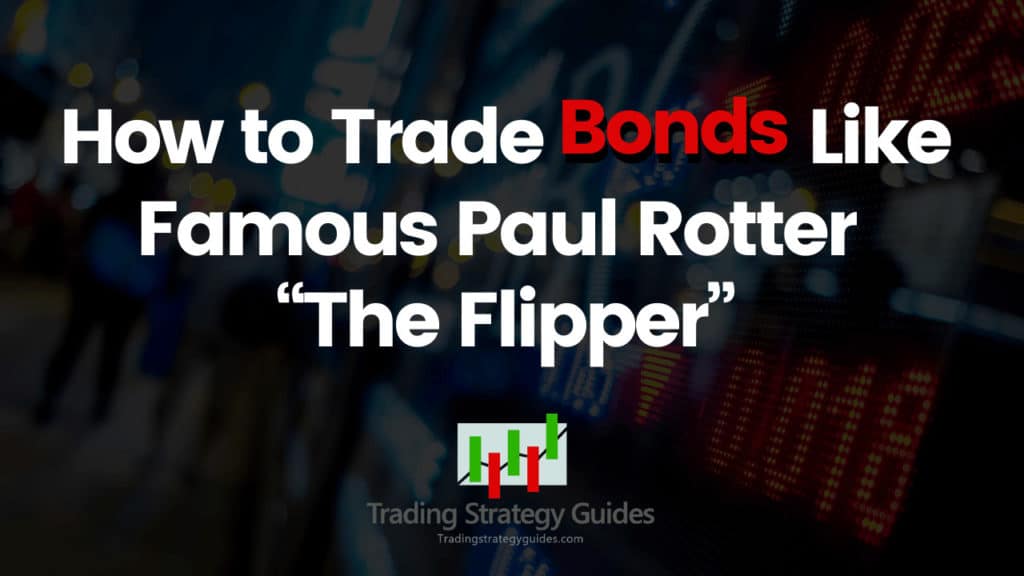

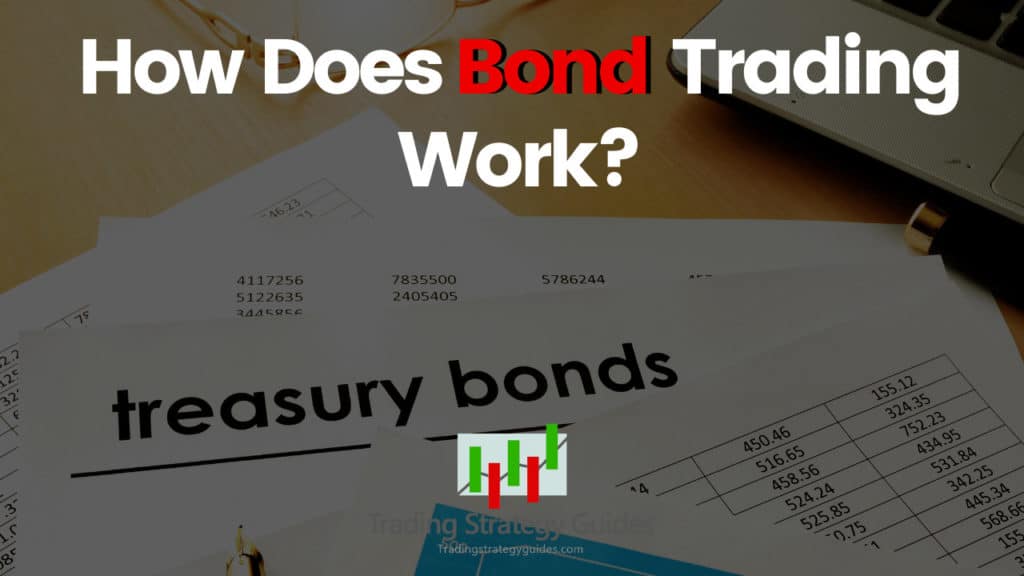
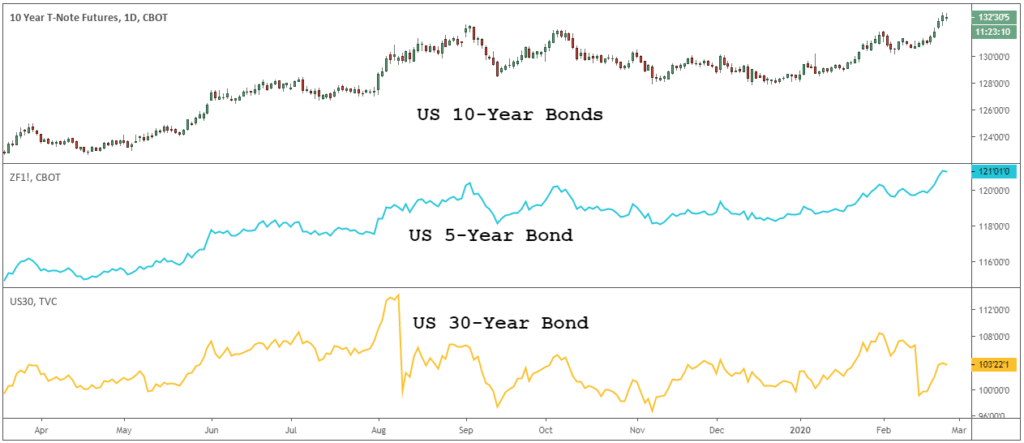
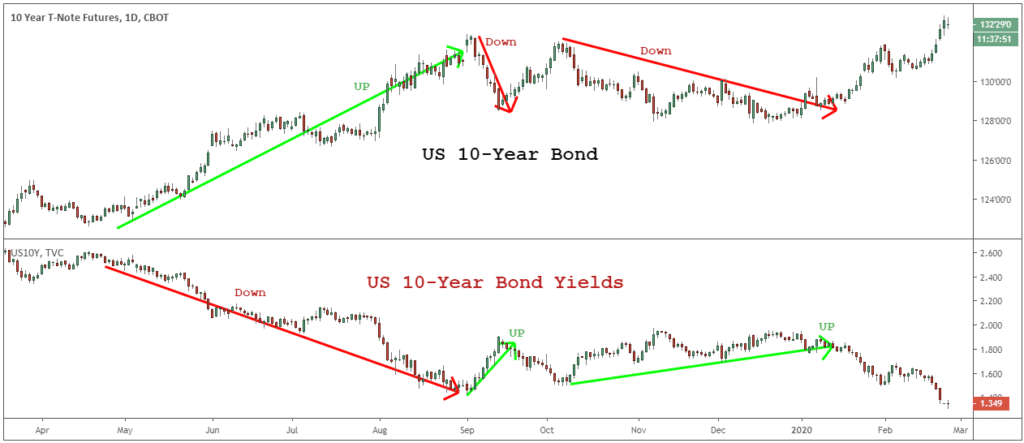
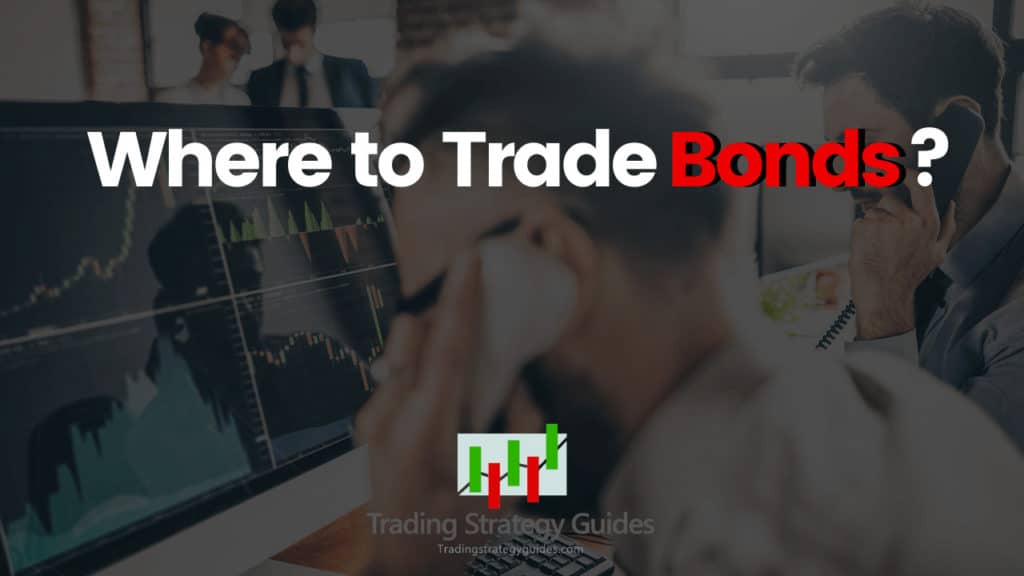
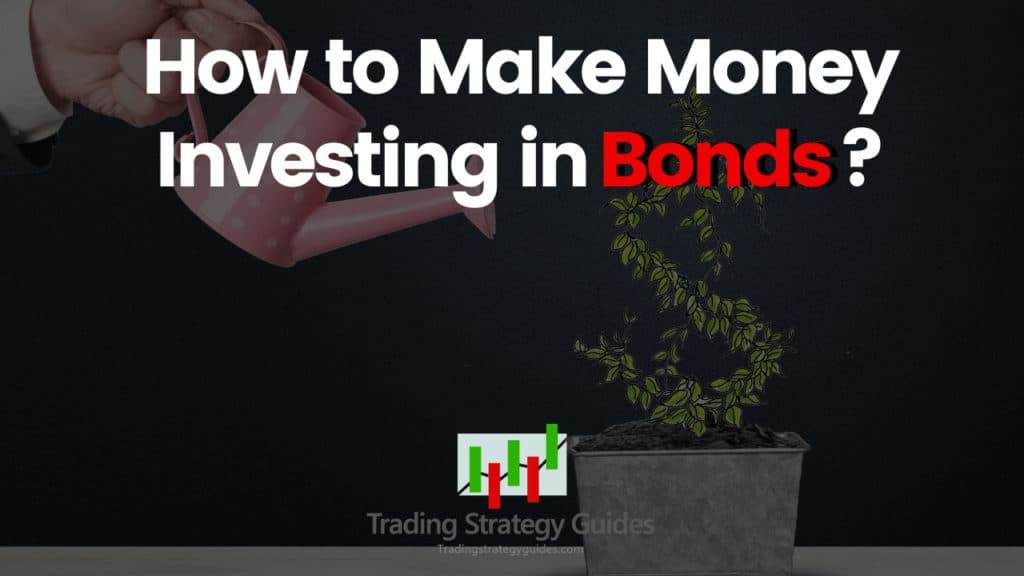

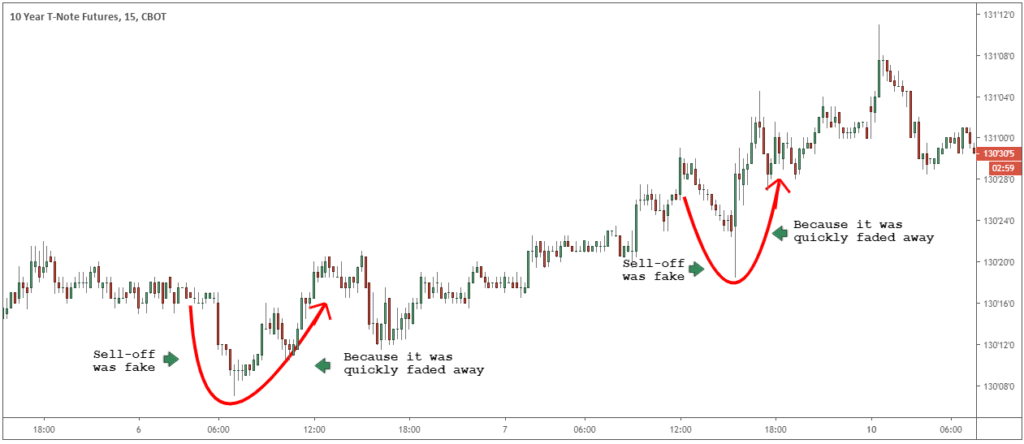
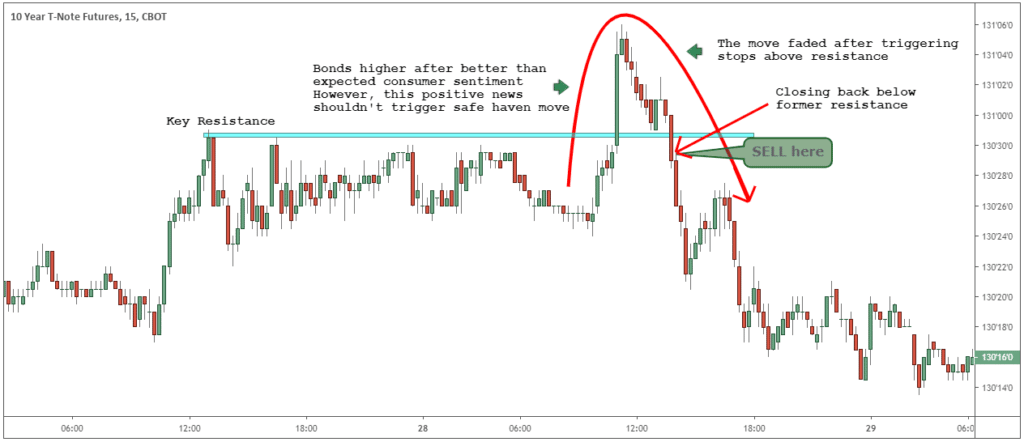





Thank you for sharing some of the terminologies that are used in the money market! I have been interested in learning about what goes on and how people make money world wide. It seems so exciting and still a great mystery to me. I am greatly encouraged and look forward to learning more!